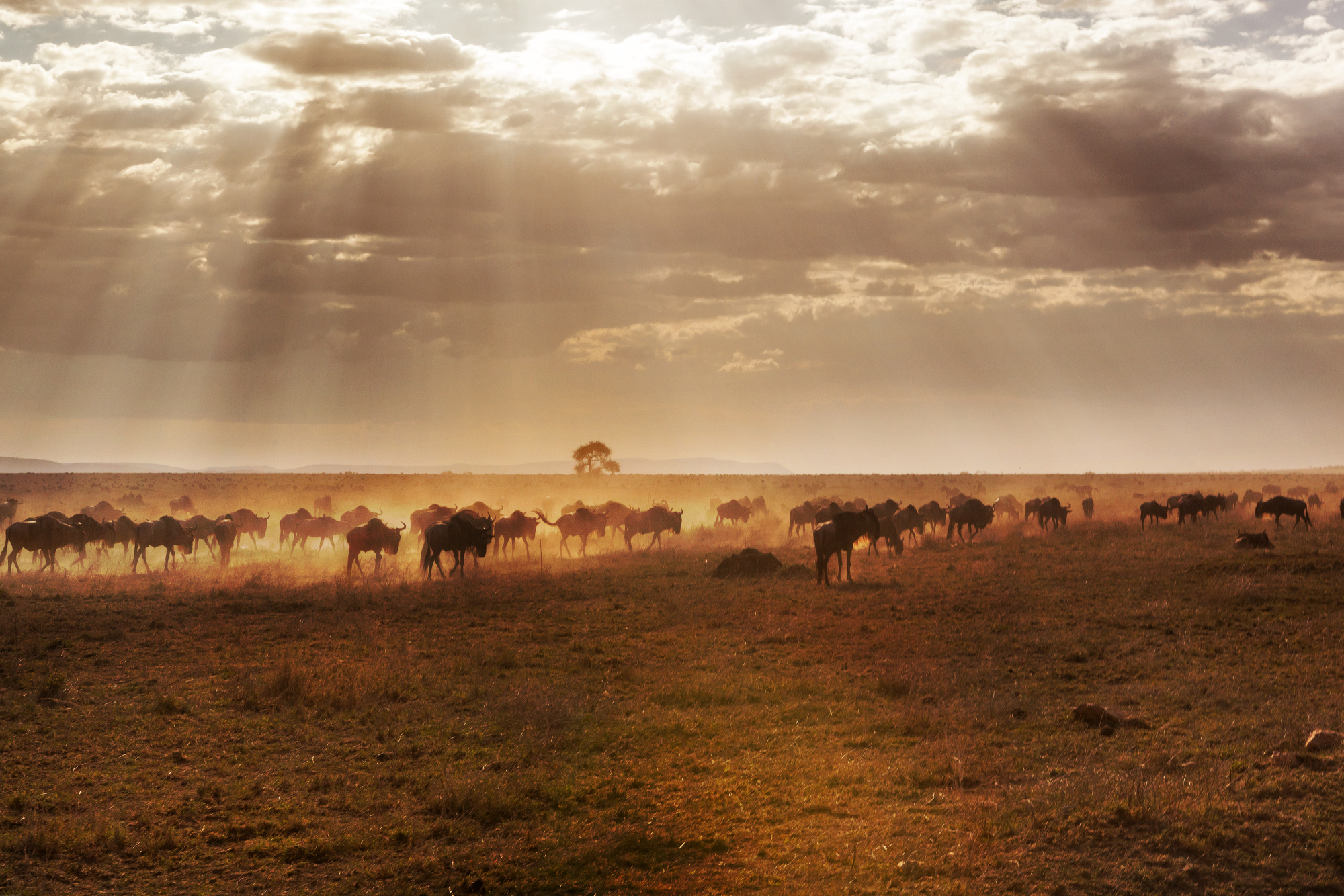A study in Tanzania’s Ruaha landscape examined how leopards (Panthera pardus) use habitats across a gradient of human influence, revealing key factors that affect their distribution in anthropogenic areas. Using a camera trap network and Bayesian occupancy modeling, researchers found leopard presence steadily declined from Ruaha National Park (strictly protected) to the Pawaga-Idodi Wildlife Management Area (moderate human use) to surrounding village lands (high human-wildlife conflict). Human activity—particularly livestock presence and proximity to households—was a stronger determinant of leopard occurrence than prey availability. These findings underscore how habitat degradation and conflict reduce leopard range outside protected zones. The study highlights the need for targeted conservation strategies in buffer zones around protected areas, focusing on mitigating conflict and managing land use to support large carnivore coexistence in human-dominated landscapes.

